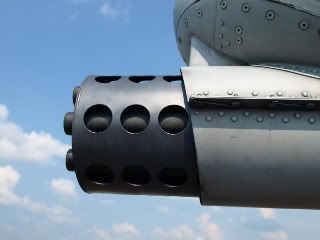|
WASHINGTON (CNN) -- Fatigue, stress, mechanical malfunctions and a disastrous series of errors beset members of the Army's 507th Maintenance Company as they neared Nasiriya, Iraq, on March 23, according to a draft report from the Army.
The result was an Iraqi ambush that left 11 soldiers dead and seven others captured, the report said.
This is the incident in which Pfc. Jessica Lynch was wounded when her vehicle was hit by a rocket-propelled grenade. The event was among the highest-profile struggles U.S. forces encountered in Iraq. Lynch would later be rescued in a raid on an Iraqi hospital. Her best friend Pfc. Lori Piestewa would die of wounds from the assault. (More on the attack)
Elements of the unit found themselves "in a desperate situation due to a navigational error caused by the combined effects of the operational pace, acute fatigue, isolation and harsh environmental conditions," the report said. (Interactive: The 507th's wrong turn)
Soldiers and vehicles from the 507th began what would become a 42-hour push toward Nasiriya March 20 from their camp just inside Kuwait. The outfit was deployed from its home post of Fort Bliss, Texas.
They were under the leadership of Capt. Troy King, who had misunderstood his briefing orders, the report said.
King thought he was to follow "Route Blue" to a region south of Najaf, about 100 miles south of Baghdad and northwest of Nasiriya.
Instead, the convoy should have followed "Route Blue" to "Route Jackson" and back to "Route Blue," which would have taken it west of Nasiriya instead of directly through the town.
In the dark early morning hours of March 23, elements of the convoy, which had become separated from the other vehicles and troops, crossed through the center of Nasiriya and emerged at the north of the city before realizing a mistake had been made, the report said.
The soldiers in those elements had experienced some small arms fire in their trek through the city, it said.
A decision was made to make a U-turn and go back through the city to find the correct route.
The convoy was already plagued by vehicles running out of gas or getting stuck in the sand, and the distances between vehicles increased with each new problem.
Iraqis also had placed debris and disabled vehicles in the roadway to block U.S. troops.
As some elements of the convoy searched for a turn they had missed earlier, they came under a "torrent" of fire from Iraqis for as long as 90 minutes, the draft said.
Lynch was captured and then treated at the same hospital, where U.S. forces eventually rescued her April 1. The other soldiers who were captured were recovered about two weeks later.
During the firefight, some soldiers tried to fight back but were hampered by malfunctioning weapons and debris in the road.
The draft report said Pfc. Patrick Miller was surrounded by enemy fire and may have killed as many as nine Iraqis before he was captured.
Miller later apparently told his Iraqi interrogators the pieces of paper inside his helmet were prices for water pumps.
They were actually radio frequency codes, and Miller later received a Silver Star and a Purple Heart for his actions.
The draft said Sgt. James Riley made a lifesaving decision when he surrendered himself, Spc. Edgar Hernandez and Spc. Shoshana Johnson after their M-16 rifles jammed.
The Army is still investigating the deaths of the 11 soldiers to determine whether they were executed.
The draft report concluded the soldiers "fought the best they could until there was no longer a means to resist."
"Every soldier performed honorably and each did his or her duty," it said.
|






